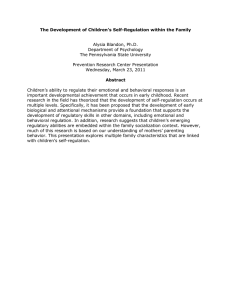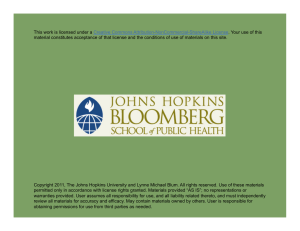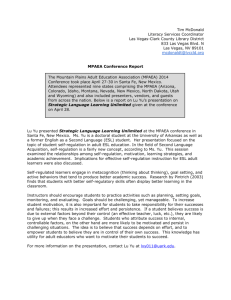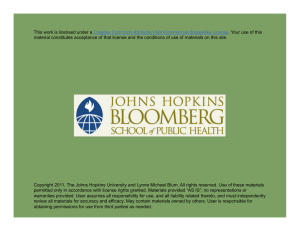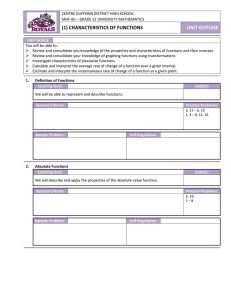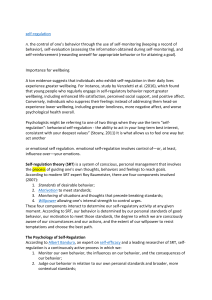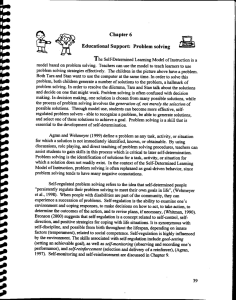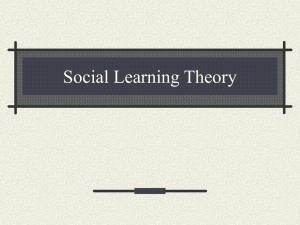Self
advertisement
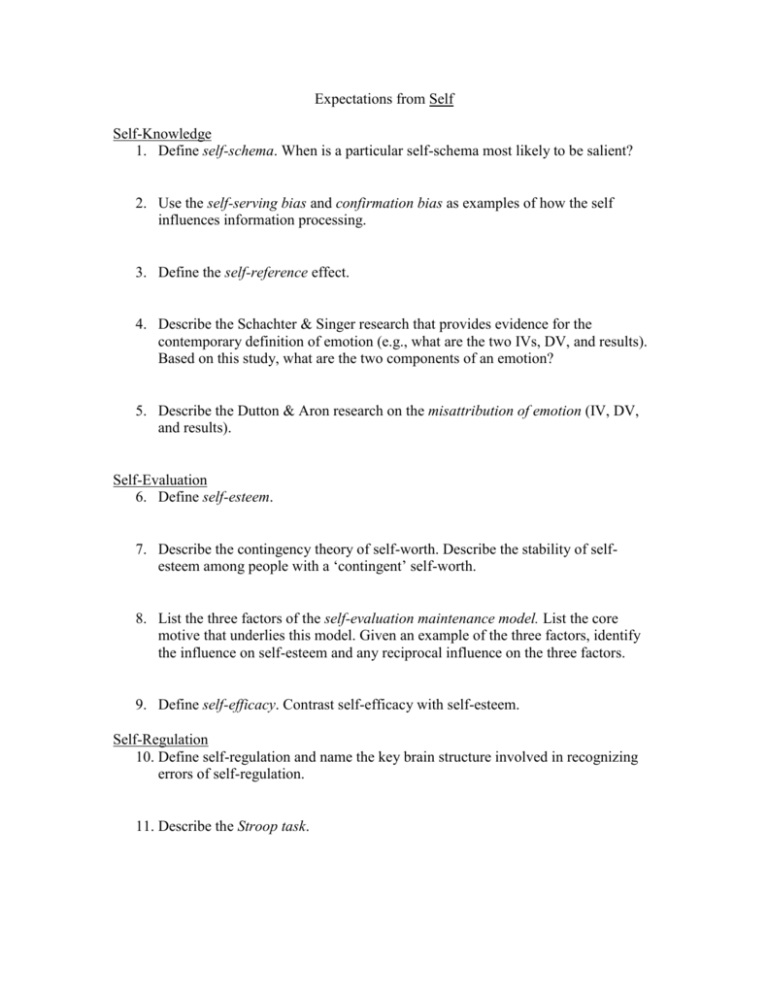
Expectations from Self Self-Knowledge 1. Define self-schema. When is a particular self-schema most likely to be salient? 2. Use the self-serving bias and confirmation bias as examples of how the self influences information processing. 3. Define the self-reference effect. 4. Describe the Schachter & Singer research that provides evidence for the contemporary definition of emotion (e.g., what are the two IVs, DV, and results). Based on this study, what are the two components of an emotion? 5. Describe the Dutton & Aron research on the misattribution of emotion (IV, DV, and results). Self-Evaluation 6. Define self-esteem. 7. Describe the contingency theory of self-worth. Describe the stability of selfesteem among people with a ‘contingent’ self-worth. 8. List the three factors of the self-evaluation maintenance model. List the core motive that underlies this model. Given an example of the three factors, identify the influence on self-esteem and any reciprocal influence on the three factors. 9. Define self-efficacy. Contrast self-efficacy with self-esteem. Self-Regulation 10. Define self-regulation and name the key brain structure involved in recognizing errors of self-regulation. 11. Describe the Stroop task. 12. Describe the Muraven et al. (1998) experiment on self-regulation (IV, DV, and results). 13. List three muscle-like qualities of self-regulation.
